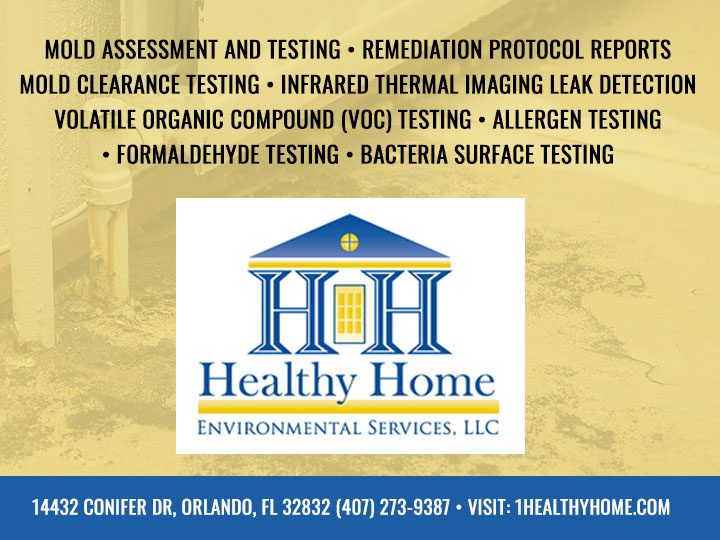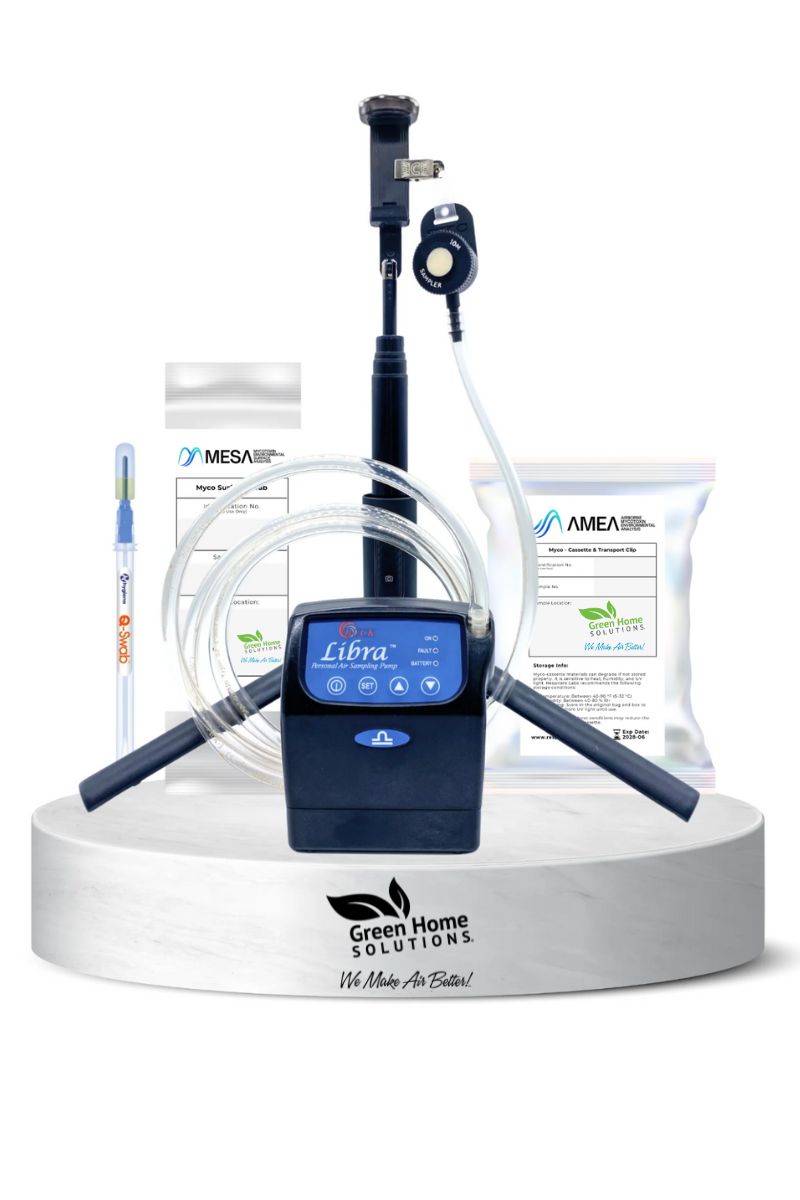Why Mycotoxin Testing Solutions Are Necessary for Protecting Public Wellness
The importance of mycotoxin testing services in guarding public health can not be overstated. Mycotoxins, harmful substances created by fungis, pose severe wellness dangers such as liver damages and cancer when existing in food and feed. By identifying and mitigating these dangers with normal screening, we can avoid polluted products from reaching customers. This not only guarantees conformity with rigorous regulative criteria however additionally boosts customer confidence and keeps the honesty of the farming sector. Comprehending the mechanisms and advantages of these testing services opens a vital discussion concerning their function in public health and wellness defense.
Understanding Mycotoxins
Recognizing mycotoxins is essential for making sure food safety and security and protecting public health. Mycotoxins are poisonous substances created by certain kinds of fungi, generally located in food and feed plants. These fungis can proliferate in a range of problems, particularly in cozy and damp environments, causing contamination during pre-harvest, storage, or processing phases. One of the most prevalent mycotoxins include aflatoxins, ochratoxin A, fumonisins, and trichothecenes, each with distinctive chemical structures and toxicological properties.
The existence of mycotoxins in foods items can endanger their safety and high quality. They are resistant to traditional food processing techniques, thereby continuing the food supply chain and posturing potential dangers. Regulative bodies worldwide, such as the Food and Farming Organization (FAO) and the Globe Health And Wellness Company (THAT), have set strict restrictions on appropriate levels of mycotoxins in food to minimize their unfavorable results.
Reliable mycotoxin monitoring involves extensive tracking and testing to identify and evaluate their levels in farming items. This positive technique helps in recognizing polluted sets early, thus avoiding their intro right into the marketplace. Applying stringent mycotoxin controls is crucial for preserving food security requirements and guarding customer health and wellness.
Health Dangers of Mycotoxins

Direct exposure to mycotoxins postures significant health and wellness threats to both pets and people, demanding watchful monitoring and control procedures. In humans, mycotoxins such as fumonisins, aflatoxins, and ochratoxins can trigger a variety of unfavorable effects, including liver damage, kidney poisoning, immune reductions, and even cancer causing results.

Provided these extreme health and wellness consequences, it is important to carry out robust mycotoxin screening methods. Accurate detection and quantification of mycotoxins in food and feed are important to minimize health and wellness dangers and make certain public and animal safety.
Common Sources of Contamination

Along with cereals, nuts such as pistachios, almonds, and peanuts are highly prone to mycotoxin contamination. Aflatoxins, a powerful type of mycotoxin, are commonly discovered in these nuts, particularly when storage problems are suboptimal. Dried out fruits, consisting of raisins, apricots, and figs, likewise present abundant premises for fungal growth as a result of their high sugar content and moisture-retaining homes.
In addition, contamination is not limited to raw agricultural items. Processed foods, animal feeds, and milk items can additionally include mycotoxins if the initial ingredients were infected. This prolongs the threat of exposure throughout the food supply chain, demanding rigorous surveillance and control measures.
Recognizing the typical resources of mycotoxin contamination is vital for implementing efficient preventative approaches. Mitigating these threats at the resource can significantly minimize the occurrence of mycotoxin-related wellness concerns, safeguarding public wellness.
Evaluating Methods and Procedures
Efficient mycotoxin management hinges on the precision and dependability of testing techniques and protocols. Advanced logical strategies are used to detect and quantify mycotoxins in different substratums, making certain public wellness safety and security. High-Performance have a peek at this website Liquid Chromatography (HPLC) combined with mass spectrometry (MS) is a gold requirement in mycotoxin screening, supplying high level of sensitivity and uniqueness. This approach allows for the accurate discovery of multiple mycotoxins in complex matrices, such as food and feed products.
One more extensively utilized technique is Enzyme-Linked Immunosorbent Assay (ELISA), which offers fast screening and is cost-effective for big sample quantities - Mycotoxin testing Services. ELISA packages are beneficial due to their ease of use and fast turn-around time, making them suitable for on-site testing
Experiencing protocols are just as crucial. Proper tasting ensures that the collected samplings are representative of the whole set, therefore reducing the danger of false negatives or positives. Adherence to developed standards, such as those offered by the International Organization for Standardization (ISO) and the European Committee for Standardization (CEN), is important for keeping consistency and integrity throughout testing methods.
Rigorous recognition of these protocols and approaches is indispensable. It ensures reproducibility and precision, thereby fortifying the honesty of mycotoxin monitoring systems.

Benefits of Regular Testing
In the realm of food security and agricultural quality control, the benefits of routine mycotoxin screening can not be overstated. Regular testing makes sure that agricultural products meet security requirements, consequently protecting customers from the dangerous effects of mycotoxins, which include liver damage, immune suppression, and also cancer. By determining polluted batches early, routine screening enables prompt intervention, protecting against such products from going into learn this here now the food cycle.
Furthermore, normal mycotoxin screening is crucial for keeping the integrity and online reputation of food manufacturers and suppliers. Companies that commit to routine screening demonstrate their devotion to public wellness and food safety and security, thereby gaining customer count on and commitment. This aggressive technique can also minimize economic losses related to item remembers, legal obligations, and potential profession constraints.
Normal mycotoxin testing ensures adherence to international and national guidelines, helping with smooth profession operations and market accessibility. Ultimately, routine mycotoxin testing not just safeguards public health and wellness but likewise strengthens the financial security and international competition of the agricultural market.
Conclusion
Mycotoxin testing solutions play an essential duty in public health and wellness defense by identifying and minimizing the risks posed by poisonous fungal substances in food and feed. By spotting contamination early, these solutions stop serious wellness issues such as liver damages and cancer cells, guaranteeing compliance with regulative standards. Routine testing improves consumer trust fund, sustains the integrity of the agricultural field, and ultimately adds to the guarding of food security and public wellness.
The importance of mycotoxin screening services in securing public wellness can not be overstated.Understanding mycotoxins is essential for guaranteeing food safety and security and securing public health. Mycotoxin testing Services. Regulatory bodies worldwide, such as the Food and Agriculture Organization (FAO) and the World Health Company (WHO), have actually set rigid restrictions on appropriate levels of mycotoxins in food products to alleviate their unfavorable impacts
Ultimately, regular mycotoxin testing not just protects public health and wellness but additionally strengthens the economic stability and worldwide competitiveness of the agricultural field.
Mycotoxin this link screening solutions play a critical role in public health and wellness protection by recognizing and alleviating the threats postured by hazardous fungal compounds in food and feed.